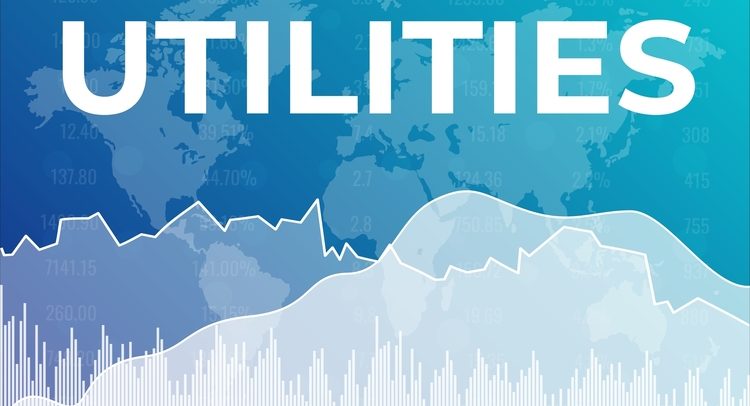Kansai Electric Power Company ( (KAEPF) ) has released its Q4 earnings. Here is a breakdown of the information Kansai Electric Power Company presented to its investors.
Claim 70% Off TipRanks This Holiday Season
- Unlock hedge fund-level data and powerful investing tools for smarter, sharper decisions
- Stay ahead of the market with the latest news and analysis and maximize your portfolio's potential
Kansai Electric Power Company, Incorporated, is a leading Japanese utility company primarily engaged in the generation, transmission, and distribution of electricity, with a focus on renewable energy and nuclear power as part of its zero-carbon initiatives.
In its latest earnings report for the fiscal year ended March 31, 2025, Kansai Electric Power Company reported a 6.8% increase in net sales, reaching ¥4,337,111 million, driven by a rise in electric sales revenue. However, the company faced a decline in operating profit by 35.7% to ¥468,877 million, and ordinary profit decreased by 30.6% to ¥531,686 million, attributed to increased costs in purchased power and other expenditures.
Key financial highlights include a significant increase in total assets to ¥9,652,655 million and net assets to ¥3,107,452 million, reflecting a stronger capital adequacy ratio of 31.8%. The company also saw a positive cash flow from financing activities, largely due to new share issuance and treasury stock disposal, while cash flow from operating activities decreased significantly. Kansai Electric Power’s energy segment experienced a notable rise in electric sales revenue, although ordinary profit declined due to higher power purchase costs.
Looking ahead, Kansai Electric Power Company forecasts a decrease in net sales and profits for the fiscal year ending March 31, 2026, citing factors such as a reduced nuclear capacity factor and increased costs due to inflation. The company remains committed to its zero-carbon goals and aims to enhance corporate value while ensuring financial soundness through steady dividend distributions.
















